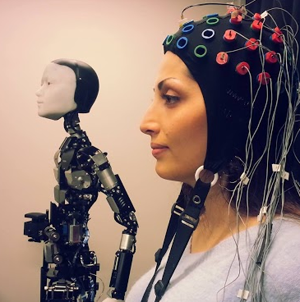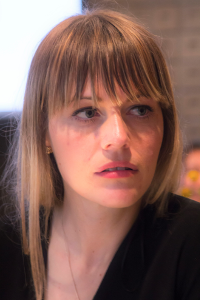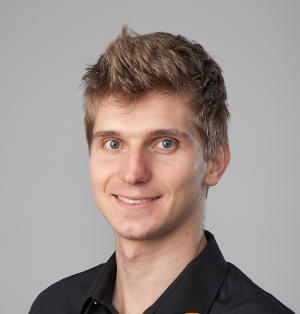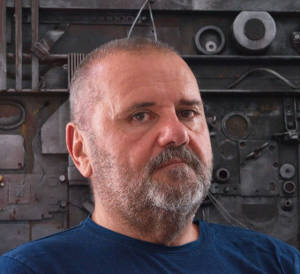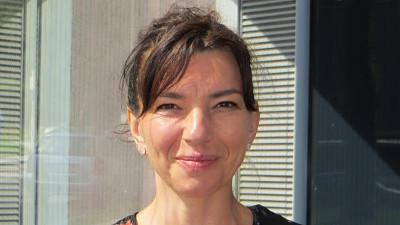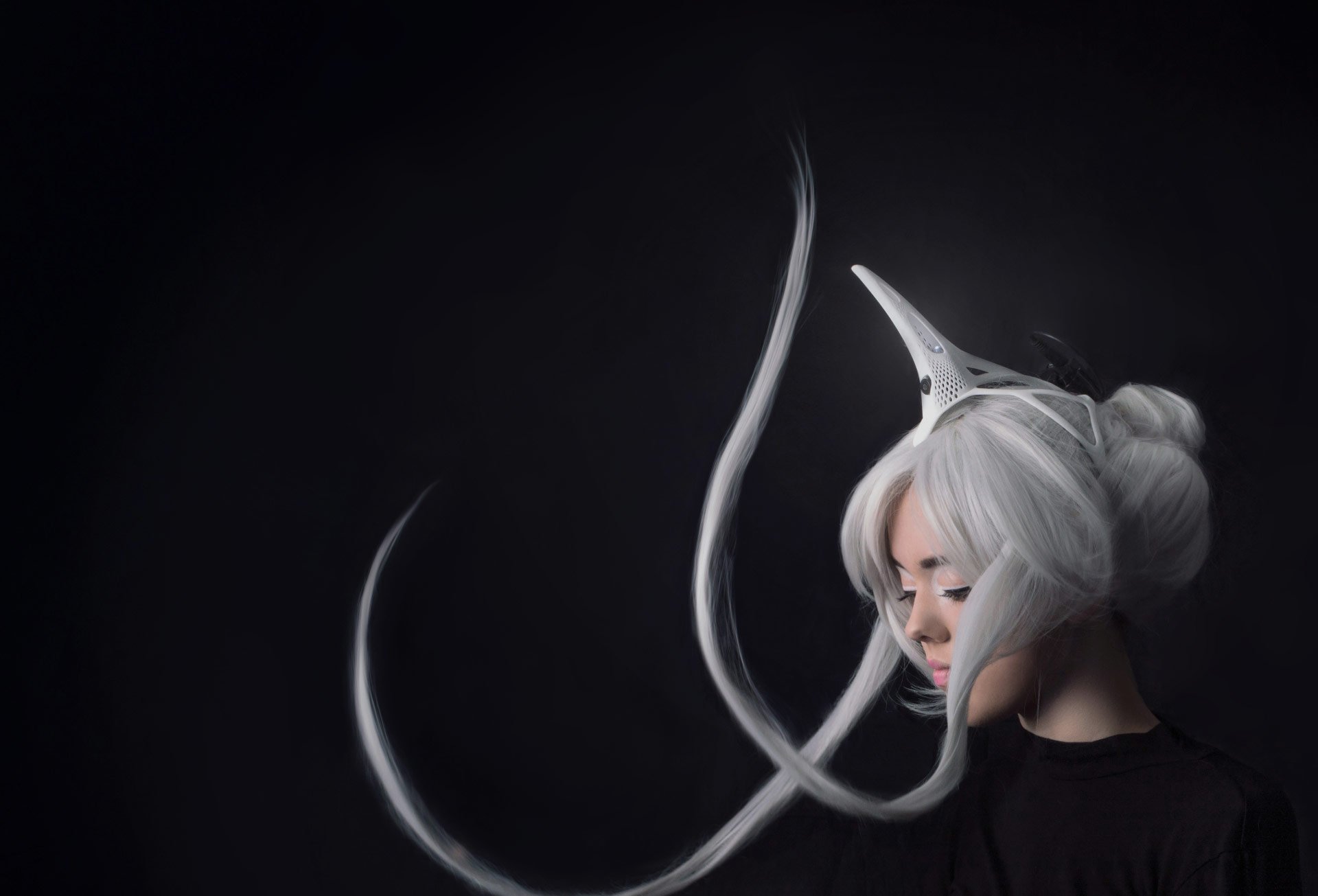
BR41N.IO – The Brain-Computer Interface Designers Hackathon in Slovenia
BR41N.IO is a brainstorming and collaborative marathon designed to be a learning experience for developers, technologists, engineers, students, artists, and scientists who cram and build brain-computer interface (BCI) applications together in teams. By putting creative minds from multiple disciplines together for a short period of time, BCI-related applications not readily thought of can be discovered and uncovered.
There are several predefined projects at the BR41N.IO Designers' Hackathon, which the participants can choose to work on. Below, the projects are described in detail including hard- and software specifications as well as the number of possible participants for each project. The Unicorn Brain Interface and the Unicorn Suite application are mostly used to realize BR41N.IO projects. However, additional software should already be installed on your personal laptop before you come to the hackathon.
Read more: Speculum Artium Festival 2019
Who can participate?
Anyone can participate who has interests in BMI, BCI, robotics, AR, VR, machine learning, computing, sensors, human-machine interface systems, control, signal processing, big data, haptics, rehabilitation, and similar areas. Participants do not have to be a BMI expert to participate on a team! Interdisciplinary teams with a combination of BMI and non-BMI skills are often successful in building solutions and producing working prototypes.
Can I submit a different project?
Professional teams can also participate to develop applications during the BR41N.IO Designers' Hackathon to demonstrate full potential of some of the sponsored hardware/software. If you are looking for team members, your project will be included among the BR41N.IO projects below where people can apply for it. Submit your project to contact@br41n.io.
What's in there for me?
Be creative, think outside the box. The BR41N.IO Designers' Hackathon is fun and gets you to network and collaborate with other Geeks. The best BR41N.IO projects will be awarded with cash prizes:
- 1st BR41N.IO Speculum Prize: $ 500
- 2nd BR41N.IO Speculum Prize: $ 300
- 3rd BR41N.IO Speculum Prize: $ 200
- BR41N.IO IEEE Brain Prize: $ 1,000
HACKATHON SCHEDULE
Friday, October 18
| 10:00–10:30 | Welcome |
| 10:30–11:00 | Current and future applications of brain-computer interfaces Francisco Fernandes |
| 11:00–11:30 | How to run a real-time BCI application Francisco Fernandes |
| 11:30–12:00 | Unicorn Brain Interface Demonstration Matthias Zeintlinger |
| 12:00–13:00 | Group formation |
| 13:00 | START BR41N.IO |
Saturday, October 19
| 13:00 | END BR41N.IO |
| 13:00–15:00 | Project presentations |
| 15:00–15:30 | Meeting Hackathon Jury |
| 16:00–17:00 | BR41N.IO Ceremony with Zoran Poznic, Minister of Culture of Slovenia |
BCI PRINCIPLES
Brain-computer interfaces are realized by 4 different principles:
slow waves
steady-state visual evoked potentials (SSVEP)
motor imagery (MI)
evoked potentials (EP)
In the BR41N.IO Hackathon Series, motor imagery and EP based systems
are mostly used to control the applications:
In the case of the motor imagery application, participants have to imagine e.g. left or right hand movement to produce an event-related desynchronization over the sensorimotor cortex. This is basically an amplitude change of the alpha and beta regions of the EEG.
In the case of EPs, the BCI system is showing different flashing icons and the user has to attend to the icon he wants to select. When the icon flashes on the computer screen, than a P300 wave is produced in the brain and the BCI system is able to detect it.
PROGRAMMING PROJECTS
Unicorn Speller: Smart Home
The Unicorn Brain Interface comes with the Unicorn Speller application that is using P300 paradigm to control electronic devices such as lamps, radios or television. Watch the video Unicorn Speller Smart Home.
soft-/hardware: Unicorn Hybrid Black, Unicorn Speller, electronic devices
participants: 2 groups, 3-5 people per group
skills: basic programming skills (Matlab, Simulink)
Unity Rehab
Create a Unity based game that can be used for rehabilitation purposes.
soft-/hardware: Unicorn Hybrid Black, Unity
participants: 4 groups, 3-5 people per group
Skills: Basic programming skills (Matlab, Simulink), Basic graphics programming with Unity
Orthosis Control
It is possible to control a 3D printed orthosis using a Unicorn Hybrid Black with motor imagery. It is possible to move an orthosis by thinking about left or right hand motion. Watch the Orthosis Control video.
soft-/hardware: Unicorn Hybrid Black, Unicorn Speller, bring your own orthosis or use Unity instead
participants: 2 groups, 3-5 people per group
Skills: Basic programming skills (Matlab, Simulink), basic graphics programming skills with Unity
Your Hacking Project
You are invited to create your own programming project for this hackathon. You'll have all the BCI headsets or you bring your own BCI to design and program your own fully functional headset.
soft-/hardware specifications: tbd
participants: 1 group, 3-5 people per group
skills: Basic programming skills
Unicorn Sphero
The Unicorn Brain Interface offers the Unicorn Speller application that allows you to control a robotic ball called Sphero. Watch the video Unicorn Sphero.
soft-/hardware: Unicorn Hybrid Black, Unicorn Sphero, Sphero robot
participants: 2 groups, 3-5 people per group
skills: Basic programming skills (C#)
Flight Control
The Unicorn Hybrid Black comes with the Unicorn Speller which allows you to fly your own drone with the brain only.
soft-/hardware: Unicorn Hybrid Black, Unicorn Speller, bring your own drone or use Unity instead
participants: 2 groups, 3-5 people per group
skills: Basic programming skills (Java)
Gin Tonic Robot
How do you like your Gin Tonic: Hendrick's, Botanist or Edinburgh Gin? Rosemary, cucumber, lime or pepper? Think of a Gin Tonic cocktail and have a robot mix and pour it over ice for you. Cheers!
soft-/hardware: Unicorn Hybrid Black, Unicorn Suite
participants: 1 group, 3-5 people
skills: Basic programming skills (Matlab, Simulink, C#)
Sense & Stimulate the Brain
Stimulate the brain with tDCS to increase or mental performance and measure brain activity with EEG at the same time with the Unicorn Hybrid Black environment.
soft-/hardware specifications: Unicorn Hybrid Black, Unicorn Brain Stimulator
participants: 2 groups, 3-5 people per group
skills: Basic programming skills (Matlab, Simulink, C#)
Unity Games
Create your own Unity game that can be controlled with a brain-computer interface.
soft-/hardware: Unicorn Hybrid Black, Unicorn Suite, Unity
participants: 4 groups, 3-5 people per group
Skills: Basic programming skills (Matlab, Simulink), Basic graphics programming with Unity
Dream Painting
If you want to create a Dream Painting, you have to wear a Unicorn Brain Interface while you sleep. When you wake up, you are able to create a picture based on EEG signals.
soft-/hardware: Unicorn Hybrid Black, Unicorn Painting
participants: 2 groups, 3-5 people per group
skills: Basic programming skills (Matlab, Simulink)
fNIRS and EEG Control
The team can use fNIRS (functional near-infrared spectroscopy) and EEG simultaneously to control BCI applications.
soft-/hardware: g.Nautilus fNIRS
participants: 1 group, 3-5 people per group
skills: Basic programming skills (Matlab, Simulink)
Unicorn Cobot Control
Do you want to be assist by a collaborative robot with the daily tasks? You can program a YASKAWA HC10 robot for serving your wishes.
soft-/hardware: Unicorn Hybrid Black, HC10 Cobot
participants: 1 group, 3-5 people per group
skills: Basic programming skills (Phyton, UDP Communication)
ARTS PROJECTS
Unicorn Painting
Create images according to your brain activity that you measure with the Unicorn Brain Interface.
soft-/hardware: Unicorn Hybrid Black, Unicorn Painting
participants: 2 groups, 3-5 people per group
Design Unicorn Brain Interface with 3D Printers
Expand the Unicorn Brain Interface with your own 3D printed parts. Let them move, light, hold things or simply look nice. Watch the video 3D Headset Design.
soft-/hardware: Unicorn Hybrid Black, 3D printer, 3D freeware
participants: 2 groups, 3-5 people per group
Skills: Basic CAD
Design Unicorn Brain Interface with Sewing Machines
Give the Unicorn Brain Interface a new, fashionable look.
soft-/hardware: Unicorn Hybrid Black, sewing machines, fabrics and handicraft material
participants: 10 people
THAT WAS TRBOVLJE 2019. THANK YOU!
IEEE BRAIN WINNER
Imagination Solution
The Team developed a 3D platform game with ramps and trampolins using our P300 speller.
Team members: Jon Tavcar, Marko Krajinovic
1. PLACE WINNER
Interference
The Team developed a Unicorn Popcorn selector using SSVEP on Mac and made all the signal processing by themselves.
Team members: Vesna Krebs, Borut Kumperscak
2. PLACE WINNER
Team David
The Team developed a new game interface based on Motor Imagery by using dance as a new method of Stroke Rehabilitation.
Team members: Miha Godec, Valerie Wolf Gang, Ziga Pavlovic
3. PLACE WINNER
Otsala
The Team created GIFs based on the resting state activity of users while they were sleeping to create imagery about their own dreams.
Team member: Jaka Cikac
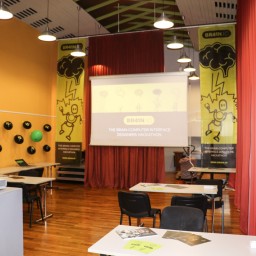 BR41N IO-Slovenia-2019-web-2
BR41N IO-Slovenia-2019-web-2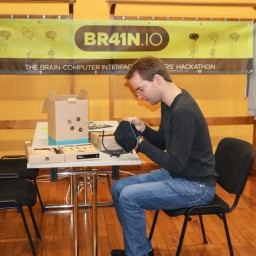 BR41N IO-Slovenia-2019-web-3
BR41N IO-Slovenia-2019-web-3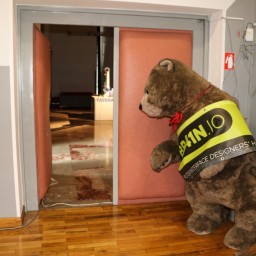 BR41N IO-Slovenia-2019-web-4
BR41N IO-Slovenia-2019-web-4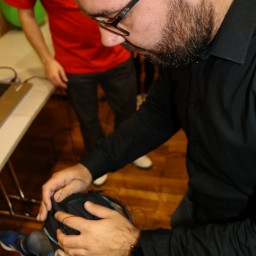 BR41N IO-Slovenia-2019-web-5
BR41N IO-Slovenia-2019-web-5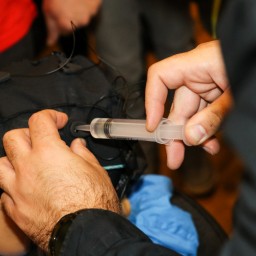 BR41N IO-Slovenia-2019-web-6
BR41N IO-Slovenia-2019-web-6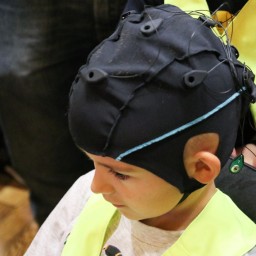 BR41N IO-Slovenia-2019-web-7
BR41N IO-Slovenia-2019-web-7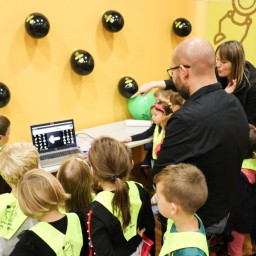 BR41N IO-Slovenia-2019-web-8
BR41N IO-Slovenia-2019-web-8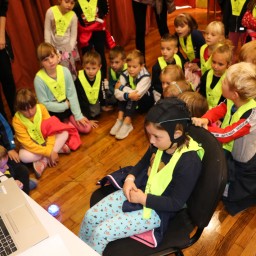 BR41N IO-Slovenia-2019-web-9
BR41N IO-Slovenia-2019-web-9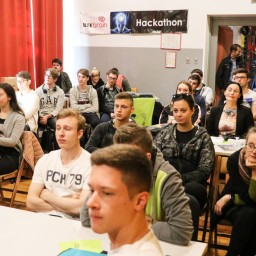 BR41N IO-Slovenia-2019-web-11
BR41N IO-Slovenia-2019-web-11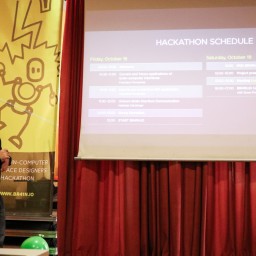 BR41N IO-Slovenia-2019-web-10
BR41N IO-Slovenia-2019-web-10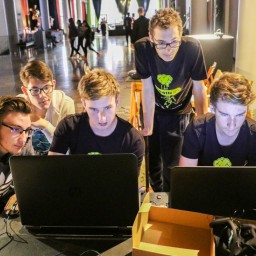 BR41N IO-Slovenia-2019-web-16
BR41N IO-Slovenia-2019-web-16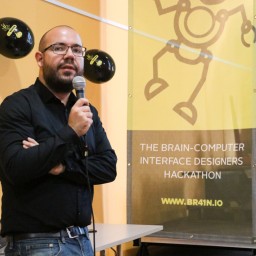 BR41N IO-Slovenia-2019-web-12
BR41N IO-Slovenia-2019-web-12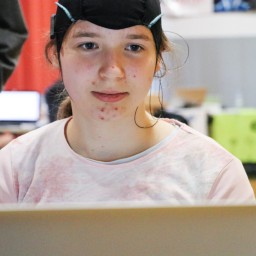 BR41N IO-Slovenia-2019-web-18
BR41N IO-Slovenia-2019-web-18 BR41N IO-Slovenia-2019-web-17
BR41N IO-Slovenia-2019-web-17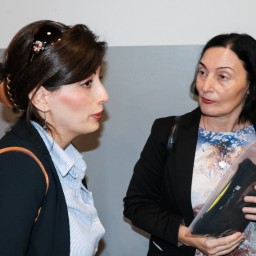 BR41N IO-Slovenia-2019-web-13
BR41N IO-Slovenia-2019-web-13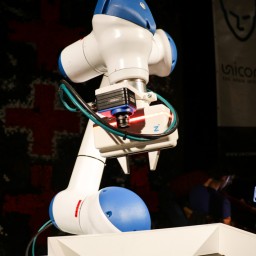 BR41N IO-Slovenia-2019-web-20
BR41N IO-Slovenia-2019-web-20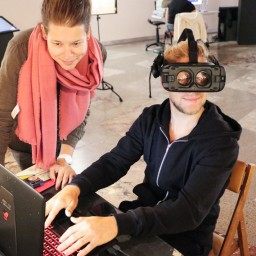 BR41N IO-Slovenia-2019-web-19
BR41N IO-Slovenia-2019-web-19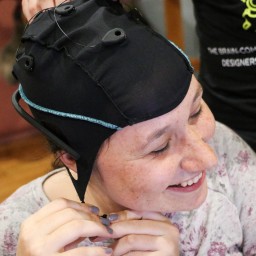 BR41N IO-Slovenia-2019-web-15
BR41N IO-Slovenia-2019-web-15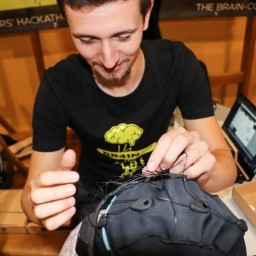 BR41N IO-Slovenia-2019-web-14
BR41N IO-Slovenia-2019-web-14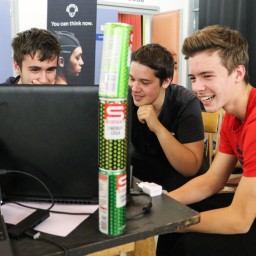 BR41N IO-Slovenia-2019-web-21
BR41N IO-Slovenia-2019-web-21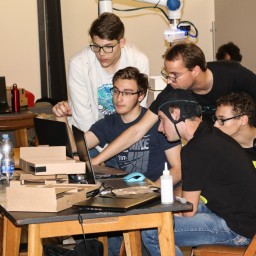 BR41N IO-Slovenia-2019-web-22
BR41N IO-Slovenia-2019-web-22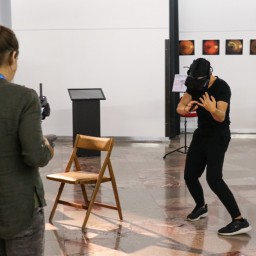 BR41N IO-Slovenia-2019-web-24
BR41N IO-Slovenia-2019-web-24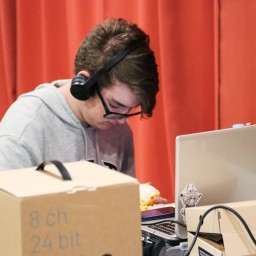 BR41N IO-Slovenia-2019-web-23
BR41N IO-Slovenia-2019-web-23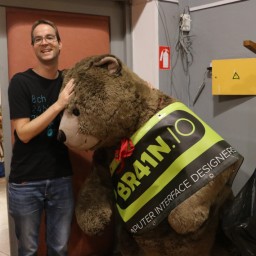 BR41N IO-Slovenia-2019-web-25
BR41N IO-Slovenia-2019-web-25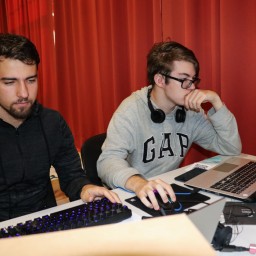 BR41N IO-Slovenia-2019-web-27
BR41N IO-Slovenia-2019-web-27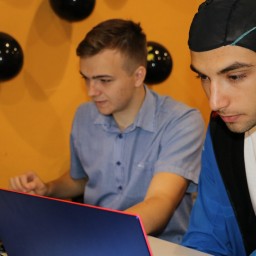 BR41N IO-Slovenia-2019-web-28
BR41N IO-Slovenia-2019-web-28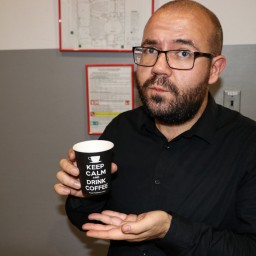 BR41N IO-Slovenia-2019-web-26
BR41N IO-Slovenia-2019-web-26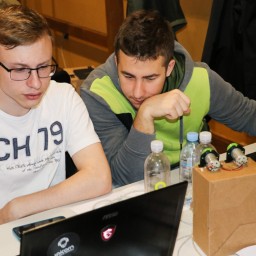 BR41N IO-Slovenia-2019-web-29
BR41N IO-Slovenia-2019-web-29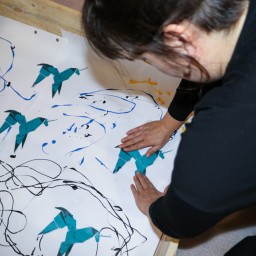 BR41N IO-Slovenia-2019-web-32
BR41N IO-Slovenia-2019-web-32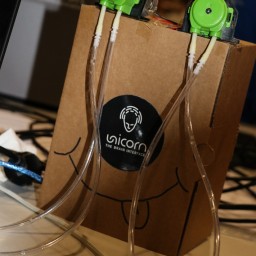 BR41N IO-Slovenia-2019-web-31
BR41N IO-Slovenia-2019-web-31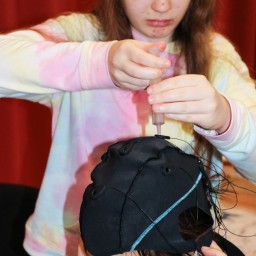 BR41N IO-Slovenia-2019-web-37
BR41N IO-Slovenia-2019-web-37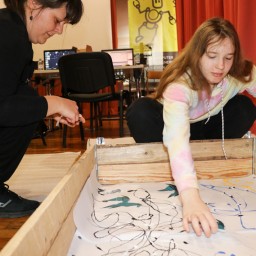 BR41N IO-Slovenia-2019-web-33
BR41N IO-Slovenia-2019-web-33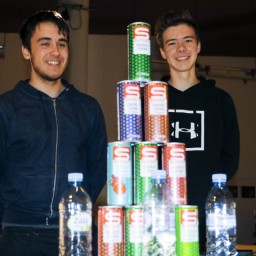 BR41N IO-Slovenia-2019-web-34
BR41N IO-Slovenia-2019-web-34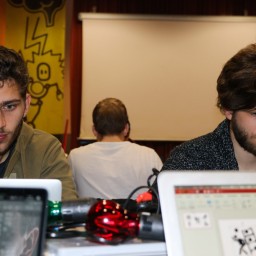 BR41N IO-Slovenia-2019-web-30
BR41N IO-Slovenia-2019-web-30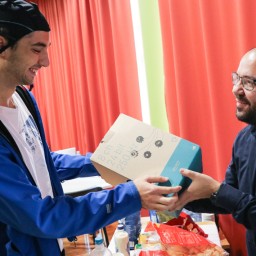 BR41N IO-Slovenia-2019-web-40
BR41N IO-Slovenia-2019-web-40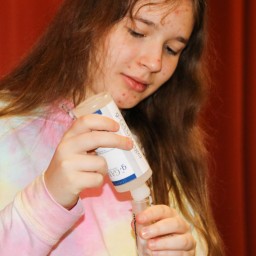 BR41N IO-Slovenia-2019-web-36
BR41N IO-Slovenia-2019-web-36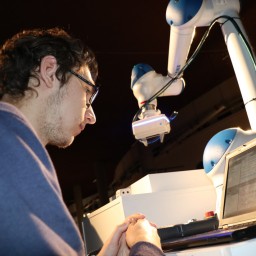 BR41N IO-Slovenia-2019-web-35
BR41N IO-Slovenia-2019-web-35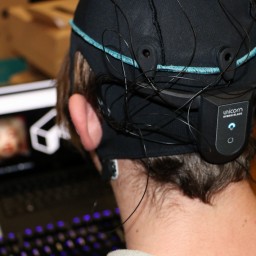 BR41N IO-Slovenia-2019-web-38
BR41N IO-Slovenia-2019-web-38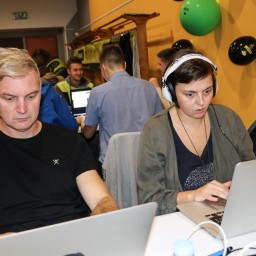 BR41N IO-Slovenia-2019-web-41
BR41N IO-Slovenia-2019-web-41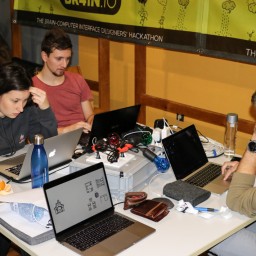 BR41N IO-Slovenia-2019-web-42
BR41N IO-Slovenia-2019-web-42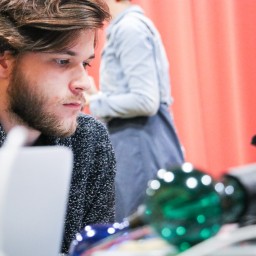 BR41N IO-Slovenia-2019-web-43
BR41N IO-Slovenia-2019-web-43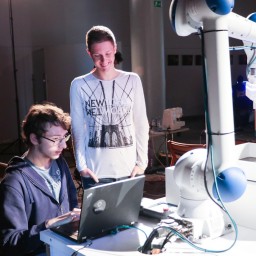 BR41N IO-Slovenia-2019-web-45
BR41N IO-Slovenia-2019-web-45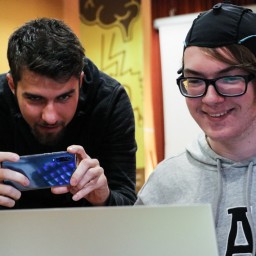 BR41N IO-Slovenia-2019-web-39
BR41N IO-Slovenia-2019-web-39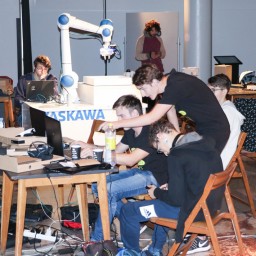 BR41N IO-Slovenia-2019-web-44
BR41N IO-Slovenia-2019-web-44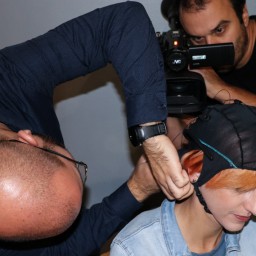 BR41N IO-Slovenia-2019-web-47
BR41N IO-Slovenia-2019-web-47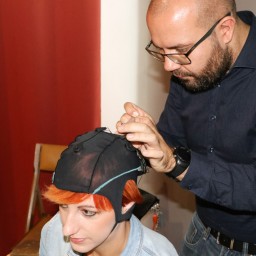 BR41N IO-Slovenia-2019-web-49
BR41N IO-Slovenia-2019-web-49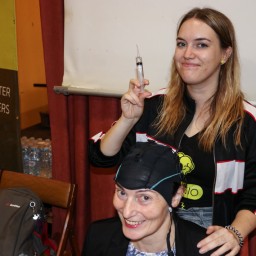 BR41N IO-Slovenia-2019-web-50
BR41N IO-Slovenia-2019-web-50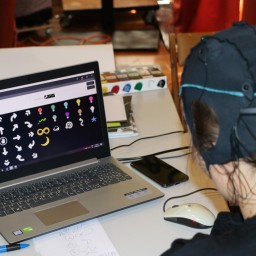 BR41N IO-Slovenia-2019-web-52
BR41N IO-Slovenia-2019-web-52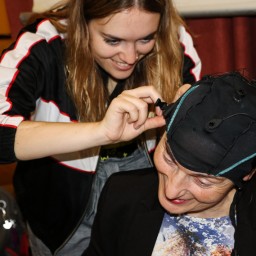 BR41N IO-Slovenia-2019-web-51
BR41N IO-Slovenia-2019-web-51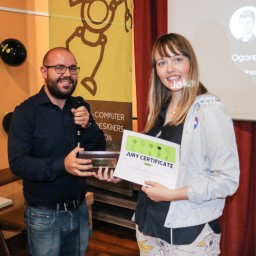 BR41N IO-Slovenia-2019-web-54
BR41N IO-Slovenia-2019-web-54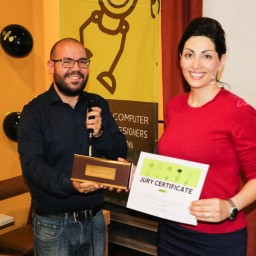 BR41N IO-Slovenia-2019-web-53
BR41N IO-Slovenia-2019-web-53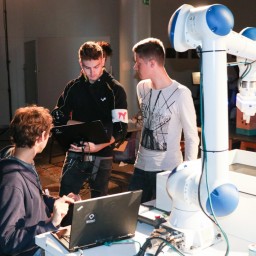 BR41N IO-Slovenia-2019-web-46
BR41N IO-Slovenia-2019-web-46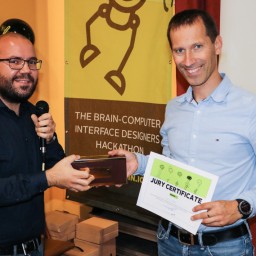 BR41N IO-Slovenia-2019-web-55
BR41N IO-Slovenia-2019-web-55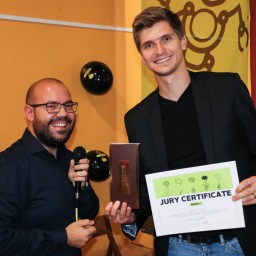 BR41N IO-Slovenia-2019-web-56
BR41N IO-Slovenia-2019-web-56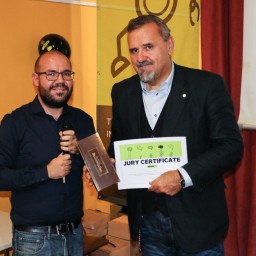 BR41N IO-Slovenia-2019-web-57
BR41N IO-Slovenia-2019-web-57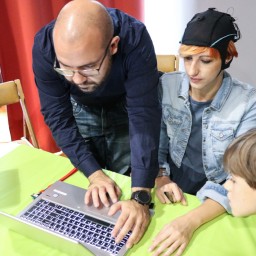 BR41N IO-Slovenia-2019-web-48
BR41N IO-Slovenia-2019-web-48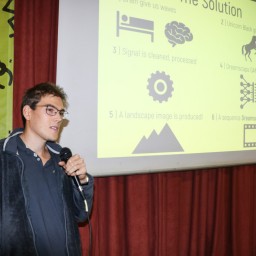 BR41N IO-Slovenia-2019-web-59
BR41N IO-Slovenia-2019-web-59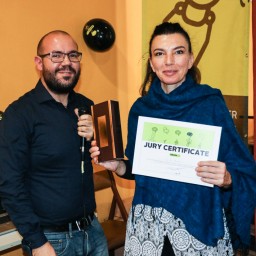 BR41N IO-Slovenia-2019-web-58
BR41N IO-Slovenia-2019-web-58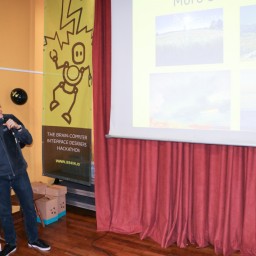 BR41N IO-Slovenia-2019-web-60
BR41N IO-Slovenia-2019-web-60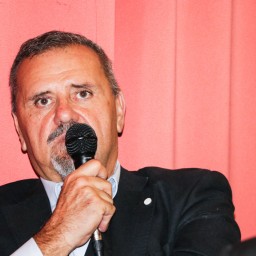 BR41N IO-Slovenia-2019-web-61
BR41N IO-Slovenia-2019-web-61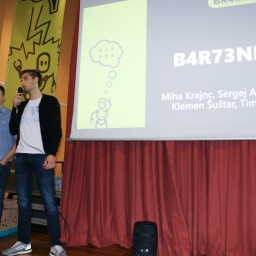 BR41N IO-Slovenia-2019-web-63
BR41N IO-Slovenia-2019-web-63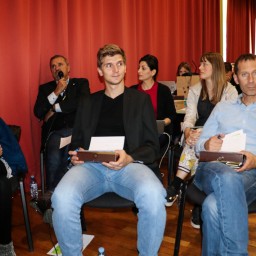 BR41N IO-Slovenia-2019-web-62
BR41N IO-Slovenia-2019-web-62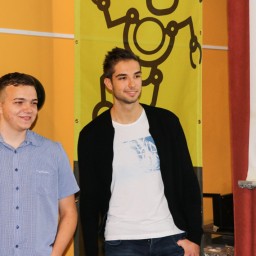 BR41N IO-Slovenia-2019-web-64
BR41N IO-Slovenia-2019-web-64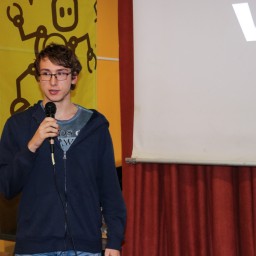 BR41N IO-Slovenia-2019-web-65
BR41N IO-Slovenia-2019-web-65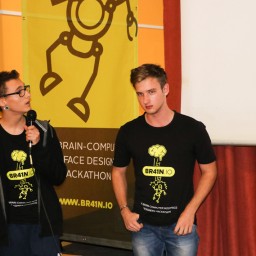 BR41N IO-Slovenia-2019-web-67
BR41N IO-Slovenia-2019-web-67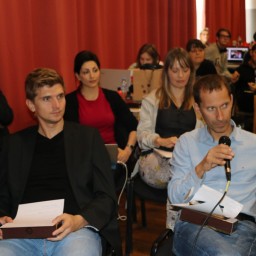 BR41N IO-Slovenia-2019-web-68
BR41N IO-Slovenia-2019-web-68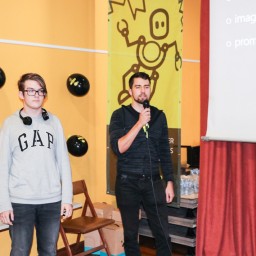 BR41N IO-Slovenia-2019-web-70
BR41N IO-Slovenia-2019-web-70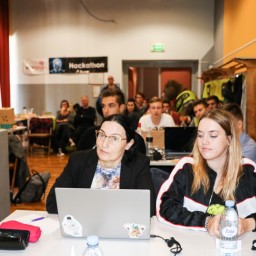 BR41N IO-Slovenia-2019-web-69
BR41N IO-Slovenia-2019-web-69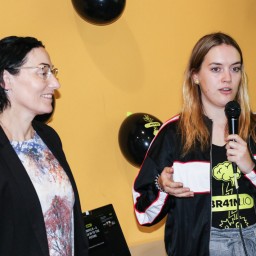 BR41N IO-Slovenia-2019-web-71
BR41N IO-Slovenia-2019-web-71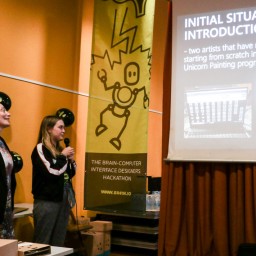 BR41N IO-Slovenia-2019-web-72
BR41N IO-Slovenia-2019-web-72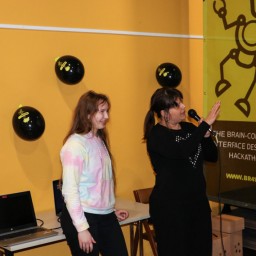 BR41N IO-Slovenia-2019-web-73
BR41N IO-Slovenia-2019-web-73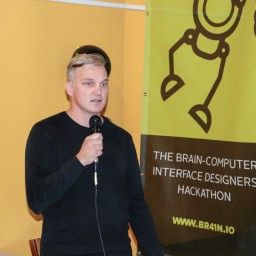 BR41N IO-Slovenia-2019-web-74
BR41N IO-Slovenia-2019-web-74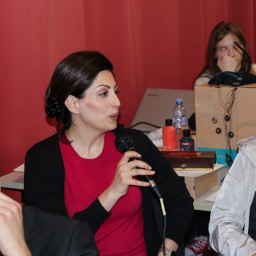 BR41N IO-Slovenia-2019-web-66
BR41N IO-Slovenia-2019-web-66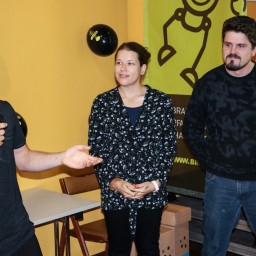 BR41N IO-Slovenia-2019-web-77
BR41N IO-Slovenia-2019-web-77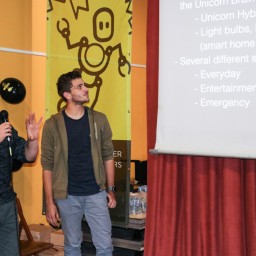 BR41N IO-Slovenia-2019-web-75
BR41N IO-Slovenia-2019-web-75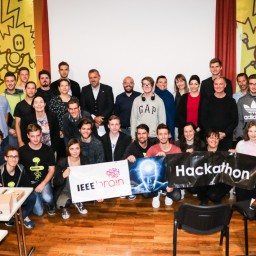 BR41N IO-Slovenia-2019-web-78
BR41N IO-Slovenia-2019-web-78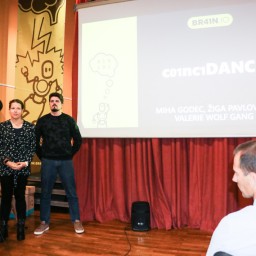 BR41N IO-Slovenia-2019-web-76
BR41N IO-Slovenia-2019-web-76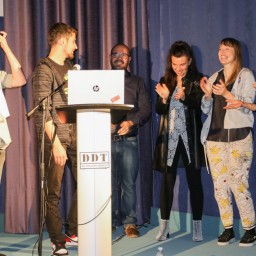 BR41N IO-Slovenia-2019-web-95
BR41N IO-Slovenia-2019-web-95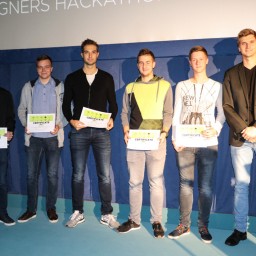 BR41N IO-Slovenia-2019-web-82
BR41N IO-Slovenia-2019-web-82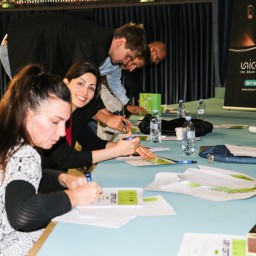 BR41N IO-Slovenia-2019-web-79
BR41N IO-Slovenia-2019-web-79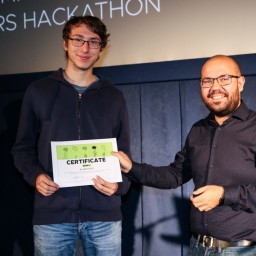 BR41N IO-Slovenia-2019-web-83
BR41N IO-Slovenia-2019-web-83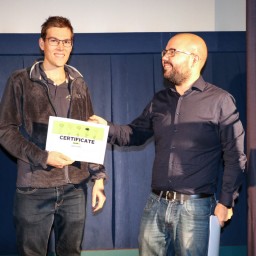 BR41N IO-Slovenia-2019-web-81
BR41N IO-Slovenia-2019-web-81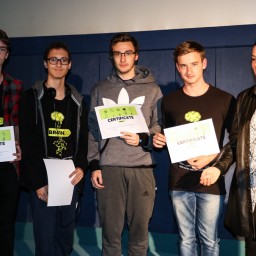 BR41N IO-Slovenia-2019-web-84
BR41N IO-Slovenia-2019-web-84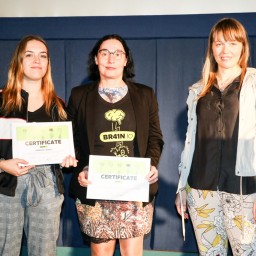 BR41N IO-Slovenia-2019-web-86
BR41N IO-Slovenia-2019-web-86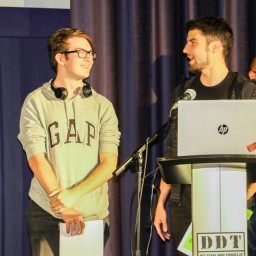 BR41N IO-Slovenia-2019-web-94
BR41N IO-Slovenia-2019-web-94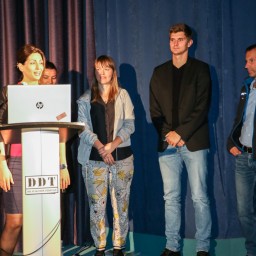 BR41N IO-Slovenia-2019-web-80
BR41N IO-Slovenia-2019-web-80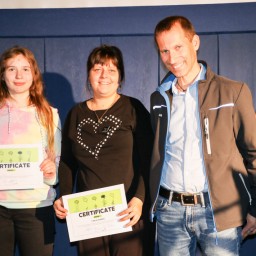 BR41N IO-Slovenia-2019-web-87
BR41N IO-Slovenia-2019-web-87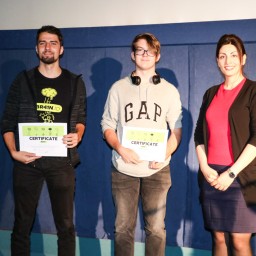 BR41N IO-Slovenia-2019-web-85
BR41N IO-Slovenia-2019-web-85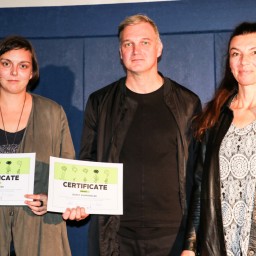 BR41N IO-Slovenia-2019-web-88
BR41N IO-Slovenia-2019-web-88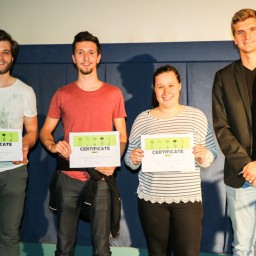 BR41N IO-Slovenia-2019-web-89
BR41N IO-Slovenia-2019-web-89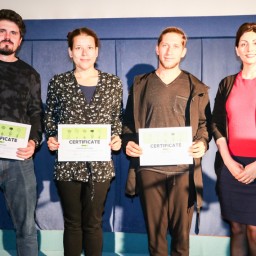 BR41N IO-Slovenia-2019-web-90
BR41N IO-Slovenia-2019-web-90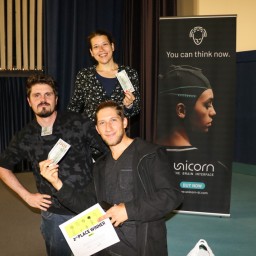 BR41N IO-Slovenia-2019-web
BR41N IO-Slovenia-2019-web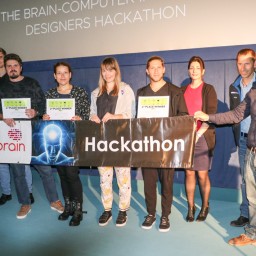 BR41N IO-Slovenia-2019-web-91
BR41N IO-Slovenia-2019-web-91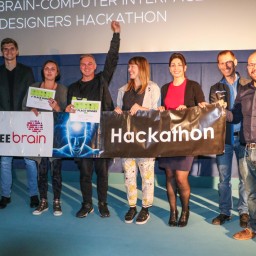 BR41N IO-Slovenia-2019-web-93
BR41N IO-Slovenia-2019-web-93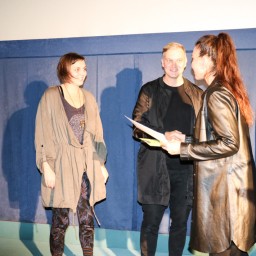 BR41N IO-Slovenia-2019-web-92
BR41N IO-Slovenia-2019-web-92

